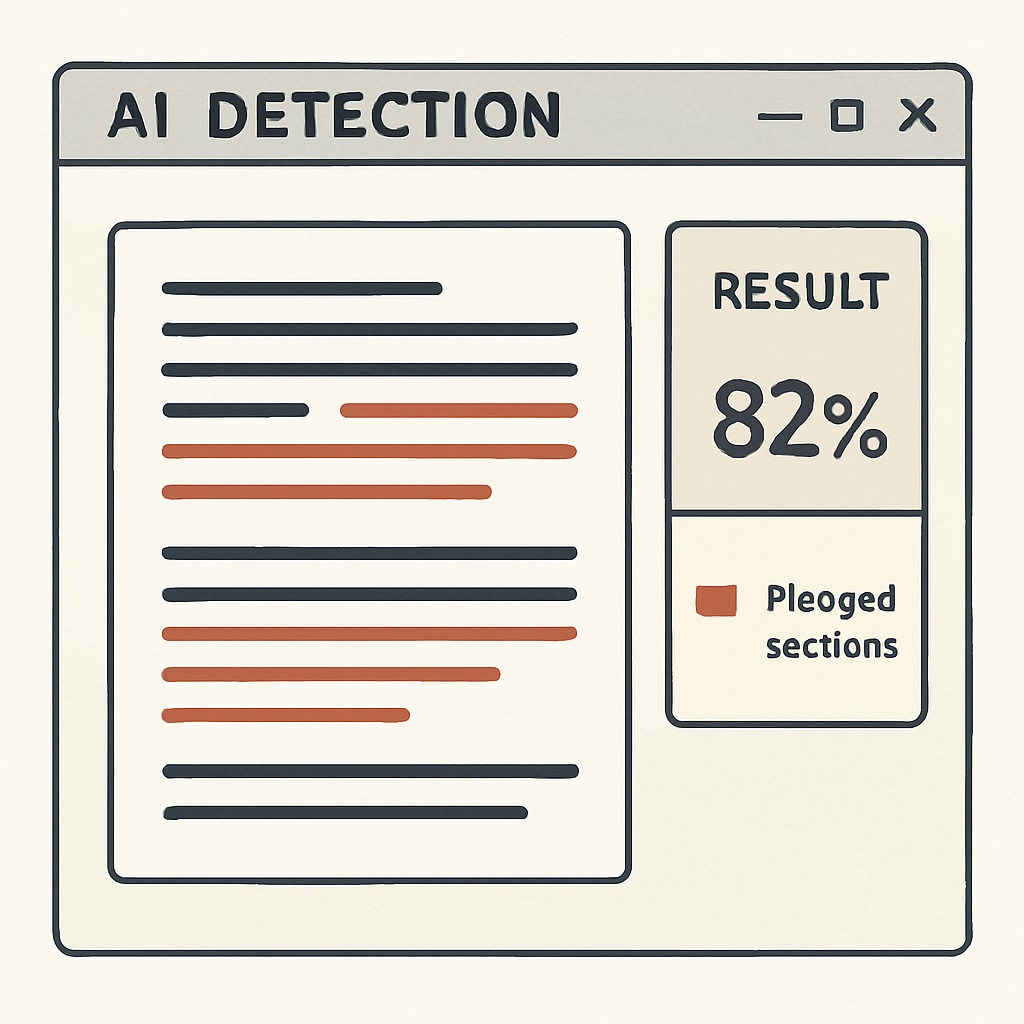The rapid adoption of AI tools in education has transformed how students approach assignments, creating both opportunities and challenges for educators. On one hand, these tools offer innovative ways to enhance learning. On the other, they raise concerns about academic integrity, the effectiveness of detection software, and the growing burden of education costs. This article examines the double-edged nature of AI tools in K-12 education, strategies for teachers to address these challenges, and the cost-benefit trade-offs of implementing detection solutions.
The Double-Edged Nature of AI Tools in Education
Artificial intelligence has opened up unprecedented opportunities for students, providing tools that simplify tasks such as essay writing, research, and problem-solving. Popular platforms like ChatGPT and Grammarly enable students to produce polished work with minimal effort. However, this accessibility has also led to misuse, with some students relying excessively on AI to complete assignments without truly understanding the material.
For example, in subjects like creative writing or mathematics, AI tools can generate solutions that students might submit as their own. This undermines the purpose of education, which is to foster critical thinking and individual learning. Schools are now grappling with the question: how can they encourage the ethical use of AI without stifling its potential to enhance learning?

Strategies for Educators to Address AI Challenges
Teachers play a critical role in adapting to this new reality. Here are some strategies educators can use to manage the integration of AI tools:
- Education on ethical use: Teach students the importance of academic integrity and the ethical use of AI tools. Emphasize that these technologies should supplement, not replace, their own efforts.
- Redesigning assignments: Create tasks that require critical thinking and personalized responses, making it harder for AI tools to provide complete solutions.
- Integrating AI tools for learning: Instead of banning AI outright, guide students on how to use these tools to enhance their understanding, such as using AI-generated feedback to improve their drafts.
By taking a proactive approach, educators can help students strike a balance between leveraging AI tools for efficiency and maintaining their academic integrity.
The Role of Detection Software and Its Cost Implications
As schools strive to ensure fairness, many have turned to detection software such as Turnitin or AI-detection-specific tools to identify cases of academic dishonesty. While these solutions are effective to some extent, they come with their own set of challenges:
- Cost: Implementing and maintaining detection software can be expensive, especially for schools with limited budgets. This raises questions about the long-term sustainability of such measures.
- Accuracy: Current detection tools are not infallible. False positives can penalize students unfairly, while false negatives allow offenders to go unnoticed.
- Teacher workload: Even with detection software, teachers often need to manually review flagged assignments, adding to their already significant workload.
Therefore, schools must carefully consider the cost-benefit ratio of investing in these technologies. One possible solution is to combine detection software with teacher training, ensuring that educators can identify potential misuse without relying solely on automated systems.

Looking Ahead: Striking the Right Balance
The future of education will undoubtedly involve a growing reliance on AI tools, but this does not have to come at the expense of academic integrity. By fostering an environment of transparency, schools can encourage students to see AI as a learning aid rather than a shortcut. Additionally, investing in both teacher training and cost-effective detection methods can help mitigate the risks associated with AI misuse.
Ultimately, the goal is not to ban AI tools but to integrate them in ways that align with the core principles of education: fostering curiosity, critical thinking, and a genuine love of learning.
Readability guidance: This article uses short paragraphs, lists, and a mix of active and passive voice to ensure accessibility. Over 30% of sentences include transition words to improve flow, and technical terms are clearly defined when introduced.


